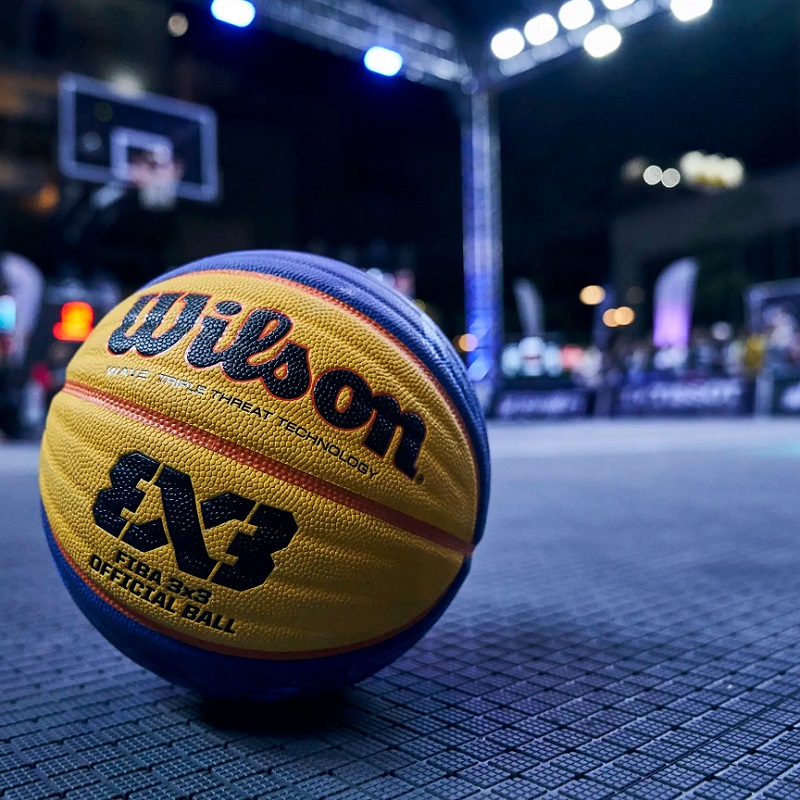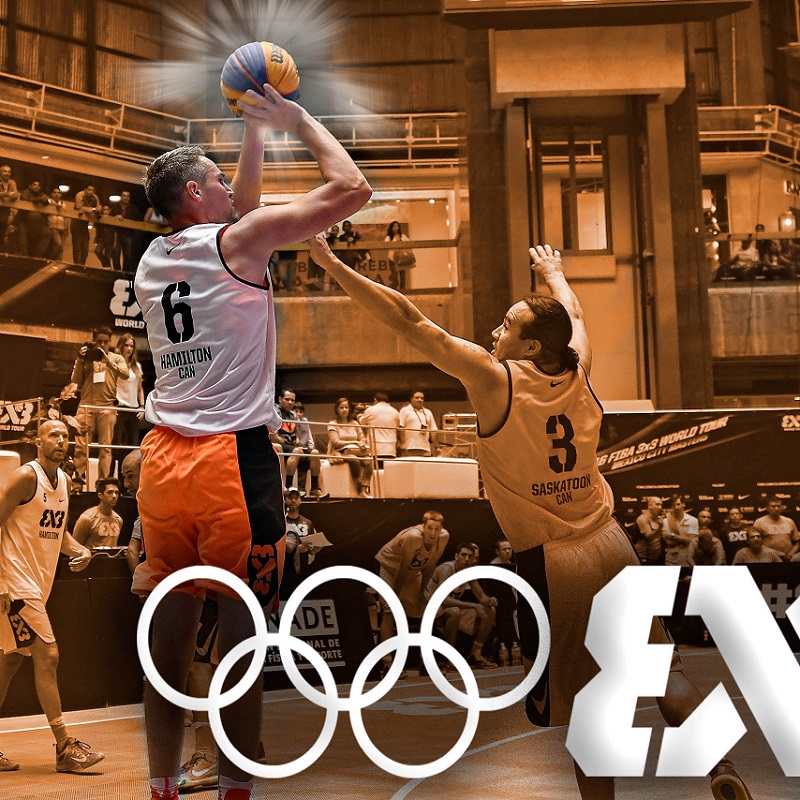Introduction: A New Era in Basketball
The 3×3 basketball Olympics introduced a thrilling format of basketball that has captivated fans and athletes alike. While basketball as a whole has a rich history, the emergence and inclusion of 3×3 basketball in the Olympics mark a substantial evolution in the sport. This new version offers a faster-paced, more dynamic edition of traditional basketball. Although both formats share fundamental similarities, they differ in several key areas, including the rules, player dynamics, gameplay structure, and overall strategies.
As the popularity of 3×3 basketball continues to grow, it becomes imperative for fans and players to understand its distinct characteristics. This article will delve into how 3×3 basketball in the Olympics distinguishes itself from traditional basketball by examining various elements such as gameplay dynamics, rule differences, player skills, and the cultural impact of both formats. By the end of this discussion, readers will gain a comprehensive perspective on this exciting new chapter in basketball history.
What is 3×3 Basketball?
Overview of the Format
3×3 basketball, also known as street basketball, is played with two teams of three players each, competing on a half-court. This format is not only engaging but also ideal for quick games and a dynamic pace. While the essence of shooting and dribbling remains, the fewer players on each side significantly alters the game’s structure and strategy.
Goals and Scoring
Three-on-three matches typically last for just 10 minutes, during which teams score points by making baskets from various distances. Unlike traditional basketball, where points can vary (two points for regular shots and three points for outside the arc), 3×3 basketball simplifies scoring. Players earn one point for each field goal made inside the arc and two points for shots taken beyond the arc. This scoring system encourages rapid play and strategic movements, ensuring that every possession counts.
Cultural Significance
The format of 3×3 basketball resonates with urban culture, as it reflects the playground origins of the sport. Street courts around the world serve as venues for informal matches, fostering community ties. As a result, 3×3 basketball also emphasizes fun, social interaction, and competitive spirit, making it an appealing option for younger generations.
The Rules: Simplicity vs. Complexity
Game Duration and Timing
One of the most fundamental differences between 3×3 basketball in the Olympics and traditional basketball lies in game duration. A 3×3 game is played for a mere 10 minutes, and often uses a shot clock to encourage prompt shot-taking. In contrast, traditional basketball games are typically split into four quarters, lasting 12 minutes each, which totals 48 minutes of regulation play, plus potential overtime. Therefore, this shorter game format requires players to focus on speed and efficiency, resulting in high-energy performances.
Foul Management
Another notable difference is how fouls are managed in both formats. In 3×3 basketball, players are permitted a limited number of team fouls before a bonus situation arises, at which point free throws are awarded for further infractions. Conversely, traditional basketball has more intricate foul rules, including personal fouls, team fouls, and strategic bonus situations, adding a layer of complexity that is absent in 3×3 gameplay. This alters how players approach defense and manage their fouls, frequently encouraging aggressive plays in 3×3.
Overtime and Tiebreaker Rules
In the event of a tie, 3×3 basketball employs the “Golden Point” system. The game immediately transitions to an overtime format where the first team to score wins, heightening the stakes dramatically. Traditional basketball uses a more extended overtime setup, allowing teams additional time to determine a winner, often requiring multiple strategies and adjustments. This difference emphasizes that 3×3 basketball relies heavily on immediate decision-making and sharp execution.
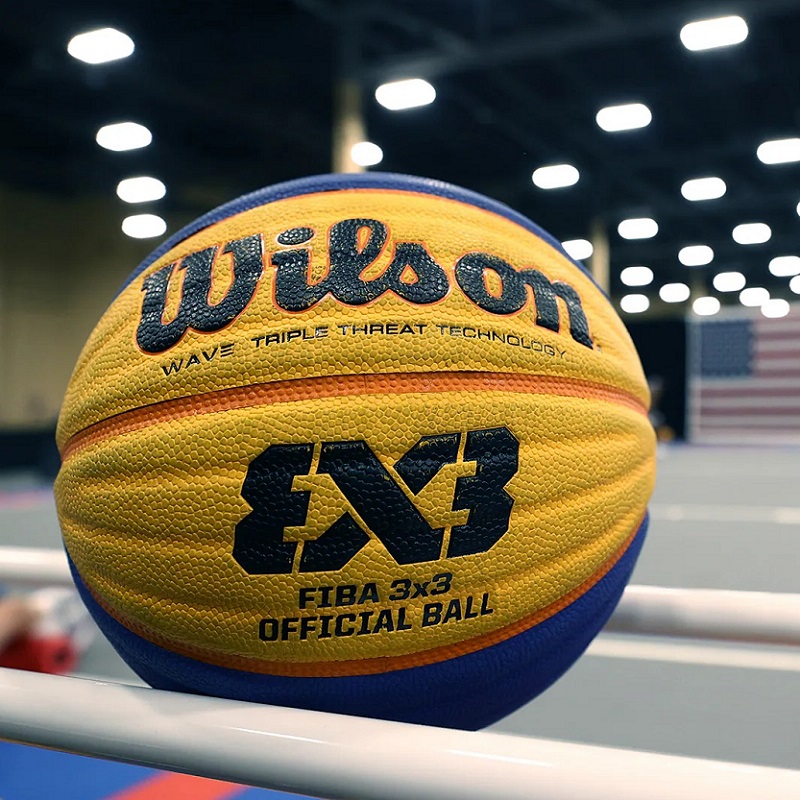
Gameplay Dynamics: Speed and Strategy
Movement and Flow
The dynamics of the game in 3×3 basketball emphasize speed and agility. Players frequently transition between offense and defense, creating a fast-paced environment that encourages quick decision-making. The half-court setting means that offensive and defensive plays must be executed with precision, leading to rapid changes in momentum. Unlike traditional basketball, which allows for more structured offensive plays and time to set up strategies, 3×3 basketball relies on players’ quick thinking and ability to read the game in real-time.
Individual Skills and Team Play
Since the team size is smaller in 3×3 basketball, players are required to exhibit a more versatile skill set. Each athlete is generally responsible for multiple roles, whether that entails shooting, defending, or rebounding. This adaptability is crucial as players need to effectively manage their positions and responsibilities throughout the game. In traditional basketball, roles are more distinctly defined. Players are typically assigned specific positions based on their skill sets, which allows for a more orchestrated style of play.
Defensive Strategies
Defensive strategies in 3×3 basketball tend to focus on one-on-one matchups, as teams cannot rely on the support of two additional players. This means that each defender must be prepared to stop their opponent individually, which necessitates strong individual defensive skills. A breakdown in any player’s defense can lead to easy baskets. In traditional basketball, teams deploy cohesive defensive schemes that involve rotations, trapping, and double-teams to mitigate scoring opportunities. Consequently, the single-focus nature of 3×3 basketball demands a different mentality regarding defense.
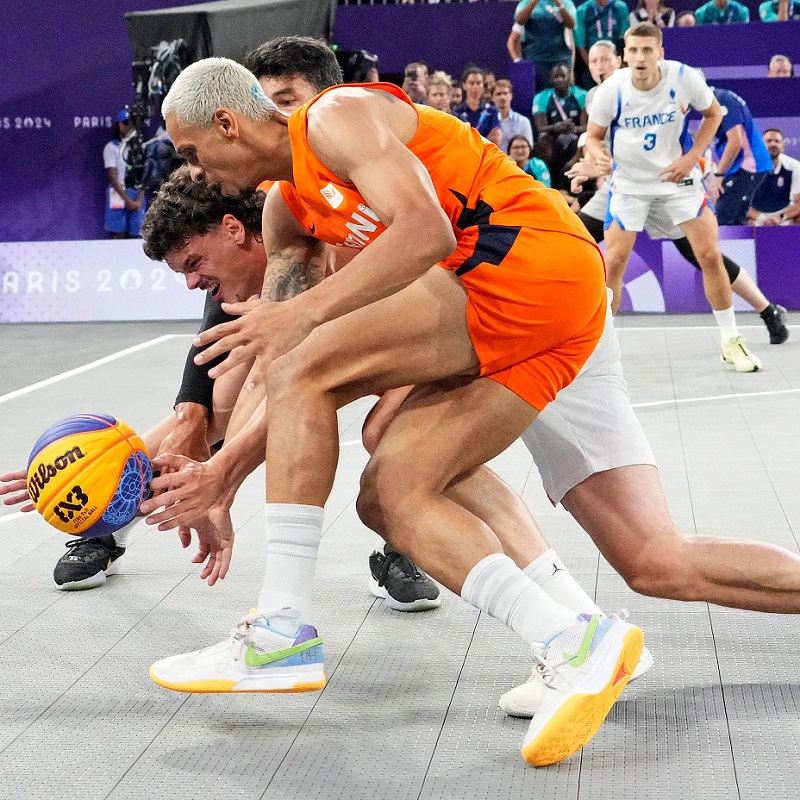
The Player Experience: Skills and Adaptations
Skills Required for 3×3 Basketball
Players participating in the 3×3 basketball Olympics must develop a unique skill set to thrive in this environment. Core competencies include shooting accuracy, ball handling, effective passing, and robust defensive skills. Rapid decision-making is paramount; players must assess situations and act quickly to capitalize on scoring opportunities. These skills require continuous practice and adaptation, allowing athletes to excel in high-pressure situations.
Physical Fitness and Endurance
The physical demands of 3×3 basketball cannot be underestimated. Given the shorter duration of games and the continuous flow of play, athletes must possess exceptional stamina and agility. With no time for substitutions, players cannot afford to tire; thus, physical conditioning becomes paramount. In traditional basketball, teams can rotate players more frequently, allowing for better management of stamina and strategic substitutions.
Mental Toughness
The mental aspects of competing in 3×3 basketball reflect a need for resilience and adaptability. Athletes face high-pressure situations due to the fast-paced nature of the sport, which requires strong mental focus and discipline. This mental toughness mirrors qualities found in successful athletes across various sports. For instance, athletes in football, including Albania football players, display similar attributes during high-stakes matches. The emphasis on quick adjustments and maintaining composure under pressure is essential for success in both environments.
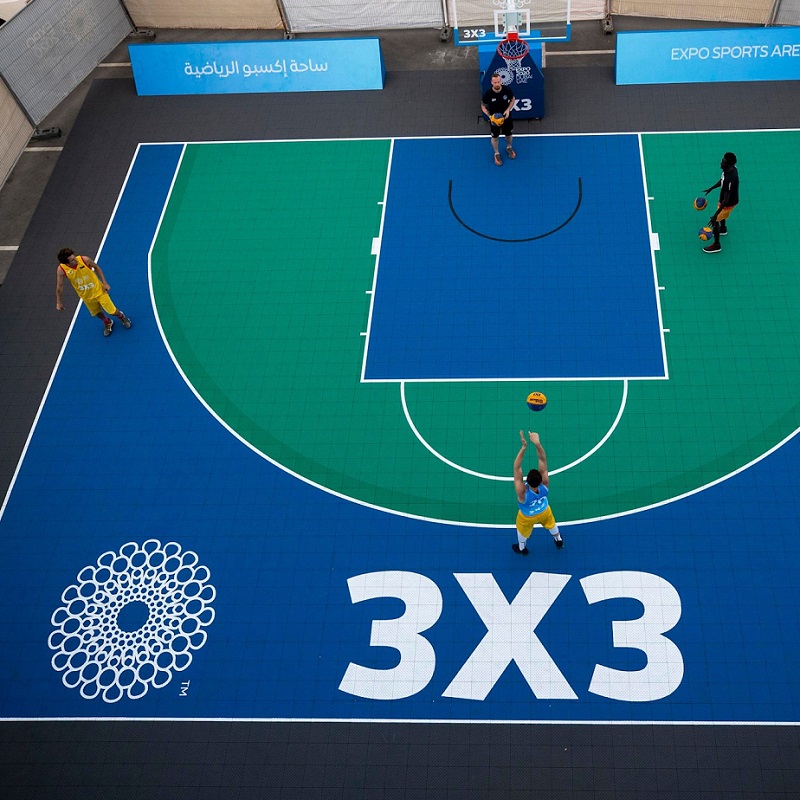
The Cultural Impact: Global Reach and Popularity
Emergence in Popular Culture
The inclusion of 3×3 basketball in the Olympics signifies its increasing recognition and popularity on a global scale. The format has successfully attracted younger audiences eager for energetic, fast-paced sporting experiences. The associations with street culture only enhance its appeal, linking urban communities and creating spaces for engagement. Moreover, as players from diverse backgrounds participate, the sport fosters inclusivity and cultural exchange.
Globalization of Basketball
3×3 basketball facilitates connections among cultures worldwide, with players hailing from various backgrounds and regions. It exemplifies a shared love of the sport and allows players to showcase their talent on an international stage. This cultural exchange also reflects in traditional basketball. Teams form alliances to improve competition on a global scale. The infusion of various cultural styles and play techniques enhances the overall aesthetic of the sport.
Grassroots Programs and Development
Furthermore, the rise of grassroots programs dedicated to teaching the joys and skills of 3×3 basketball has significantly contributed to its growing popularity. Local organizations provide access to young athletes, nurturing their talent through regular competition and skills training. These initiatives echo similar programs in football, where youth football academies aim to cultivate future stars. Programs that emphasize skill development and competition are essential for ensuring a future pipeline of talent for both 3×3 basketball and traditional basketball.
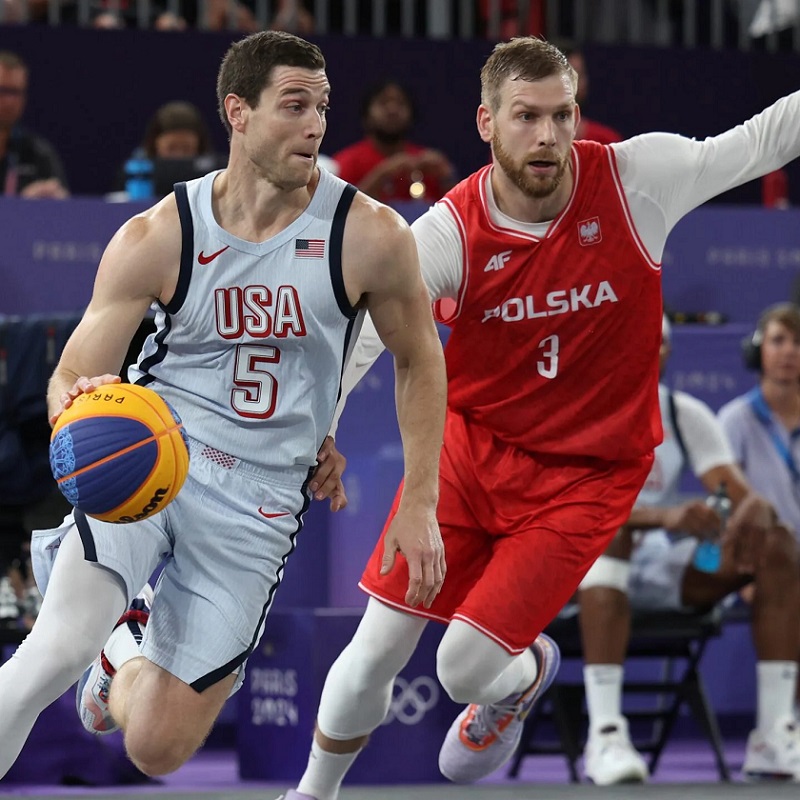
Comparing Fan Engagement and Media Attention
Audience Engagement
The nature of fan engagement in 3×3 basketball differs markedly from traditional basketball. 3×3 games often occur in smaller venues or outdoor courts, fostering a casual, intimate atmosphere for spectators. This setting often encourages direct interaction between players and fans, creating a communal experience. Traditional basketball, particularly in the NBA, involves large-scale events in arenas where fan engagement tends to happen through media interactions rather than direct contact.
Media Coverage
Moreover, media coverage of 3×3 basketball is still evolving, with its inclusion in major events like the Olympics boosting visibility. While it has yet to reach the same heights as traditional basketball in terms of coverage, social media campaigns and digital platforms have begun to spotlight top players and exciting match highlights. Traditional basketball franchises, especially in leagues like the NBA, receive extensive media attention due to established fan bases and substantial financial backing.
Future of 3×3 Basketball
As 3×3 basketball continues to gain traction, its integration into mainstream sports media is inevitable. Events such as the NBA’s 3×3 tournaments and global championships are crucial for building interest and cultivating a following. The momentum generated by Olympic inclusion provides an excellent opportunity to further engage fans, particularly younger demographics that value fast-paced action and relatable athletes.
Conclusion: Celebrating Diversity in Basketball
In conclusion, the differences between 3×3 basketball Olympics and traditional basketball enrich the diverse landscape of the sport. From variations in gameplay dynamics to unique player responsibilities and cultural impacts, each format provides distinct experiences for players and fans alike.
While 3×3 basketball places a premium on speed, agility, and quick decision-making, traditional basketball showcases structure, teamwork, and strategy through a longer gameplay format. Both formats exemplify the skill, determination, and passion of basketball athletes while allowing them to convey their talents in increasingly unique ways.
Furthermore, as both formats continue to evolve, they provide opportunities for future generations to embrace the sport. The commitment and dedication of athletes—whether in 3×3 basketball or traditional formats—demonstrate the universal love for the game. Ultimately, the bright future of basketball lies not only in its established formats but also in the emerging excitement that 3×3 basketball brings to a new generation of fans and players.
Together, they contribute to a vibrant basketball community that inspires participation, promotes camaraderie, and celebrates the spirit of competition both on and off the court.
